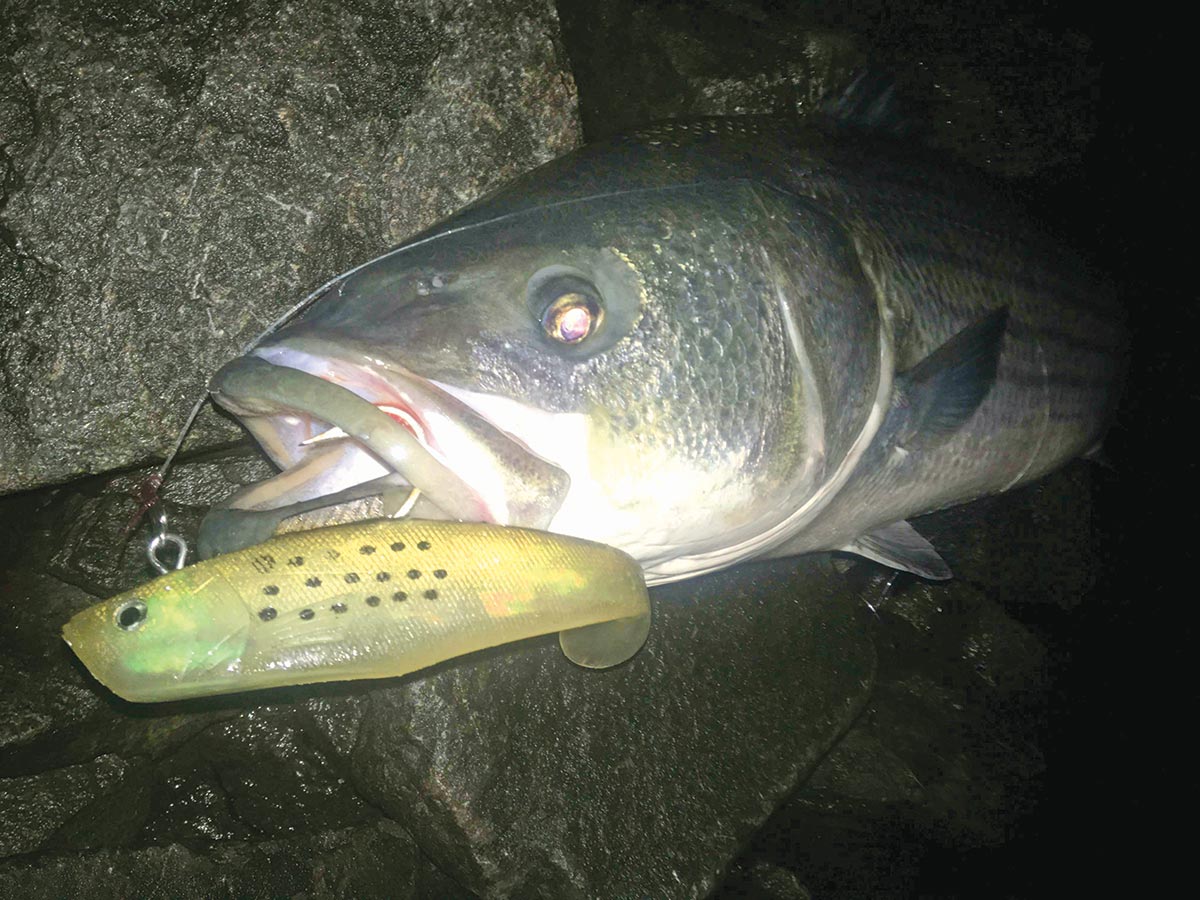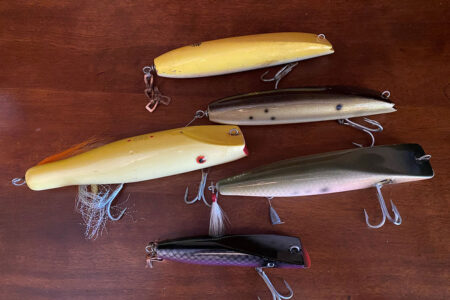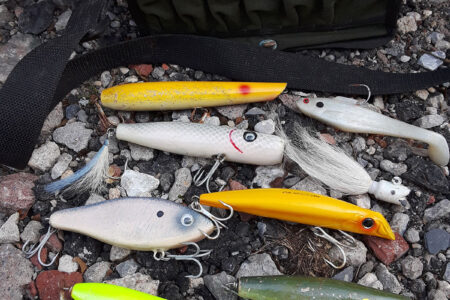
You make Ditch time so much fun!
For the bulk of the shore-bound striper fishermen on the East Coast, it has become law that the Canal is the only place where one can catch striped bass with both feet planted on solid earth. It has also been decreed by the Canal faithful that plugging is the superior method for taking fish from the Big Ditch. Don’t misunderstand me, I concede that the Canal is an awesome place to fish and it definitely is the easiest place to connect with a big striper from shore—please notice that I didn’t say ‘catch’. On the flipside it has become one of the hardest places to land a big fish, due—in part—to the depth, ledges and currents, yes. But a bigger hazard these days is the crowd.
We have reached a point now in the great history of the Cape Cod Canal where you’re just as likely to set up next to a guy that will not even look at you as you are to set up beside a guy that will work in sequence with you and give you space if you hook a giant. The “assisted release” has become an all-too-common problem at the Canal—this occurs when you hook a good fish and the guy down tide of you hurries to cast because he thinks your fish might be traveling with an entourage. The result is a Magic Swimmer creeping up your line and wild hooksets from the dude down-tide because he thinks he’s hooked up… and… snap. Other versions of the assisted release are bent out hooks because an inconsiderate caster forced you to horse your fish in. Or, my personal favorite, the “cat’s cradle” release. This happens when a hooked fish breaks the surface and every person within 90 yards of the splash casts on it. Oh, what fun!
So how do you deal with this? The first step is to match your tackle to task. You need a rod and reel that can handle putting an abrupt end to a blistering run in a crowd. I use the Lamiglas 1231MH for this task; other rods that I know will get it done are the Century 1328 and the ODM NXFX-1068—I have not tried the ODM, but I’ve heard some good things, to be safe, try one before you buy it. The reels that excel in the Canal are the same reels that are used in jig-and-pop tuna fishing: the Shimano Stella, the Daiwa Saltiga and Saltiga DogFight and my personal choice, the Van Staal 275. These reels are not cheap, but they have the power, speed and durability to get it done, reliably.
Then you have to start thinking about the weaknesses in your method. Plugging is a ton of fun in the Canal, but treble hooks and split rings are not always up to the task, especially when two hooks find purchase in the fish of your dreams. One single, stout, hook is going to cure three different headaches all at one time. First of all, you’re just never going to straighten the hooks in the shads I will recommend here; there’s little if any leverage and the hooks are very tough. The single hook also makes landing your fish 1,000 times easier because you only have to worry about one hook point, not six like you do when using most plugs. Lastly, when the action hits fever pitch, releasing the fish can be done in seconds, giving you more time with your line in the water. Then there’s the versatility. The Tsunami 7- and 9-inch shads can be fished throughout the entire water column—you can burn them in just under the surface, you can swing them in the tide or cast way up-current and bounce them along the bottom. Burning them in is every bit as effective as burning a Magic Swimmer.
When the tide slows way down, I like to switch over to the 6-inch Tsunami Deep shads—known as ‘Fat Shads’ by the Canal regulars. These get down pretty fast and can be jigged effectively in slow current. They are also universally effective, day and night, and their versatility means they can work in all but the fastest stages of the tide. (If the fish are blitzing, they’ll work at any stage of the tide.) And best thing about them is that they catch. Hundreds of 40-plus-pounders have been hauled from the Canal on these shads or shads like them since they hit the scene over a decade ago. I know several hardcore Canal guys that swear by the 9-inch Tsunami Shads all season long—affectionately known as the ‘rubber duckie’ in some circles. Their only downside is that they can get a little beat up after several fish, but they can be melted back together with a lighter. And my fishing partner has started to cinch a zip tie around the body of the shad, just forward of the hook bend and this helps keep the body from pulling down when a fish takes it, and tearing where the hook exits the plastic. So when you make your trips to the Canal this season, leave a few plugs out of the bag and make some room for these Tsunami shads, they catch fish, they make your life easier and they add a level of calm to your Canal experience. See you in the trenches.


